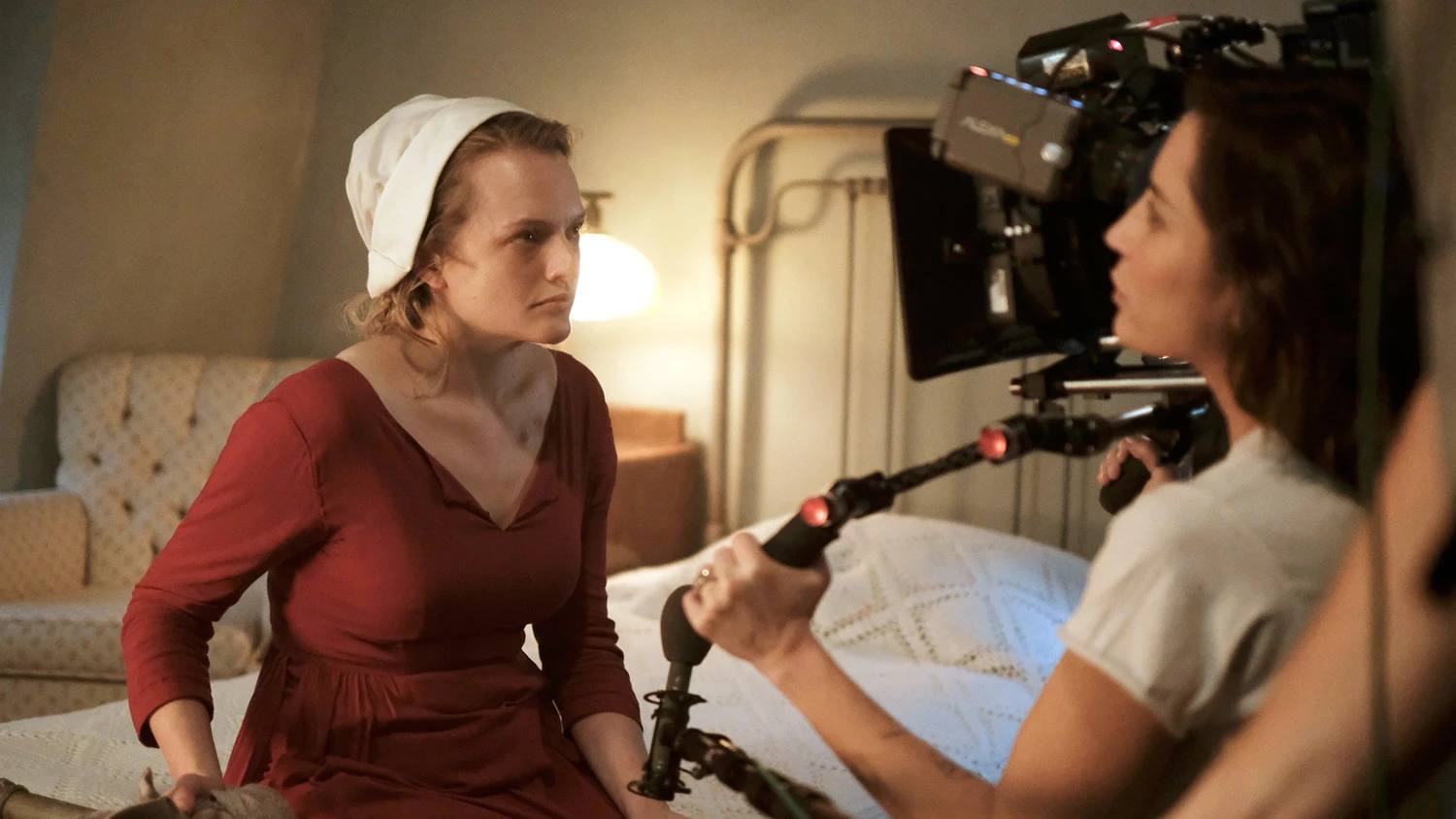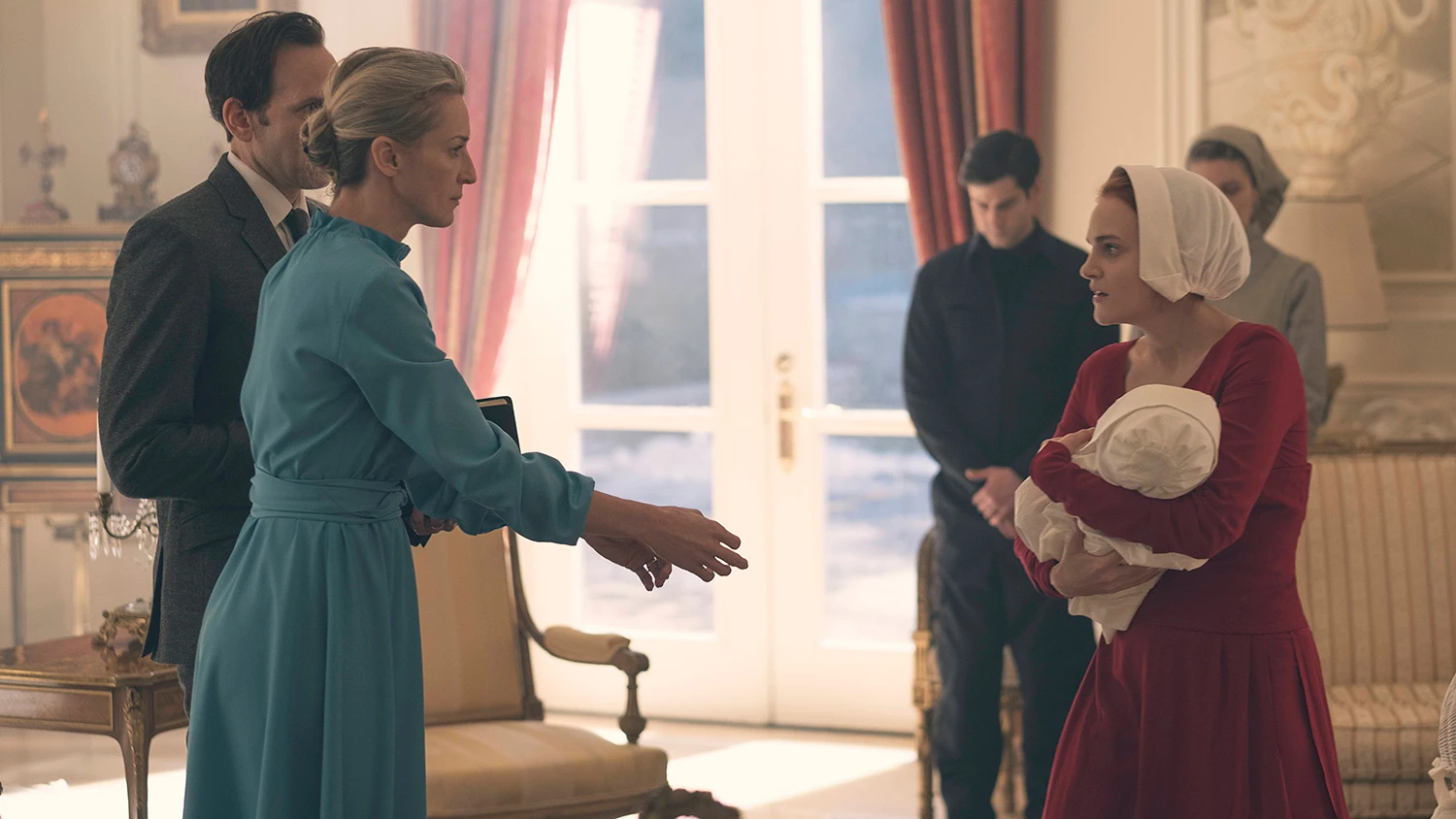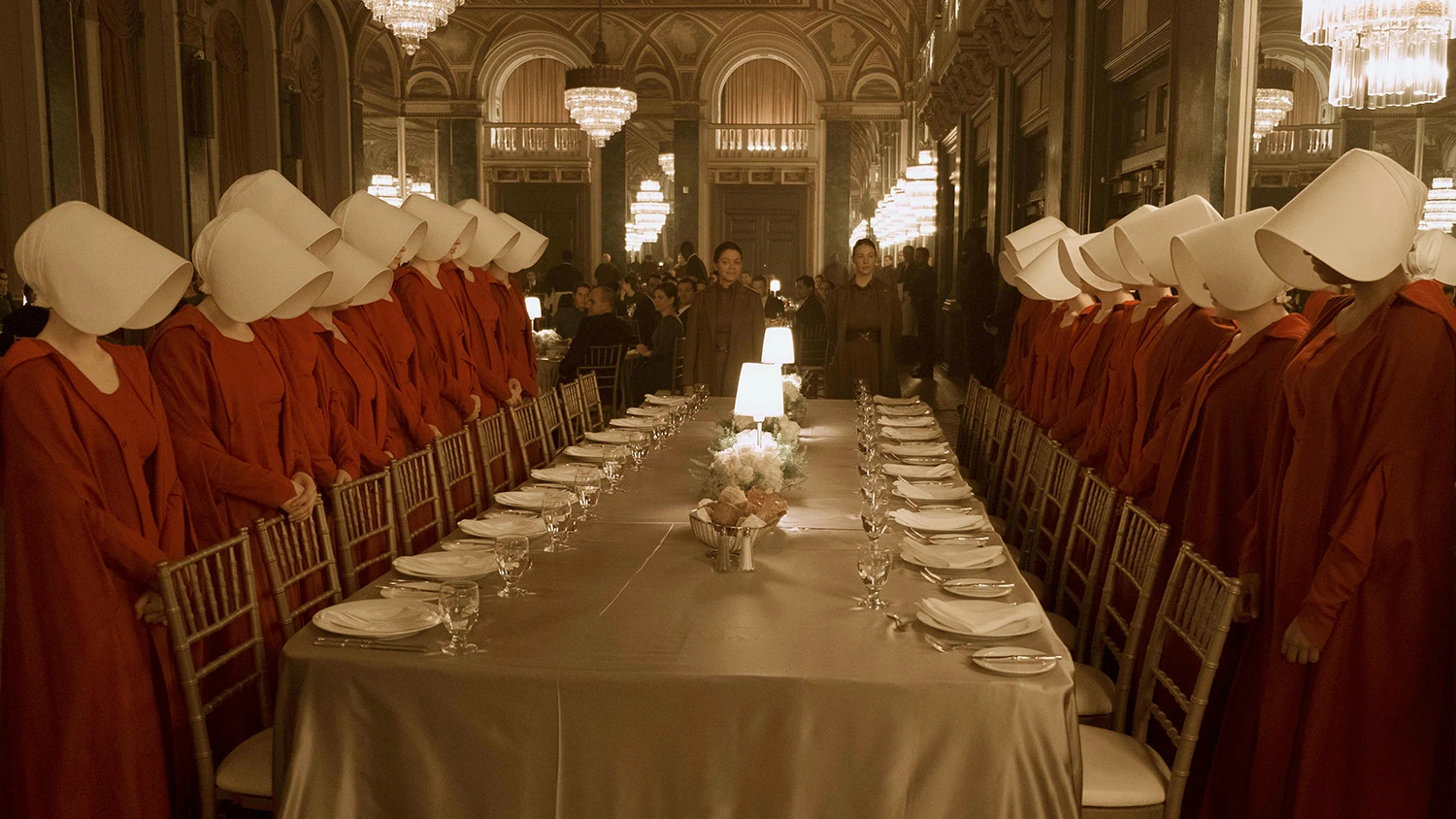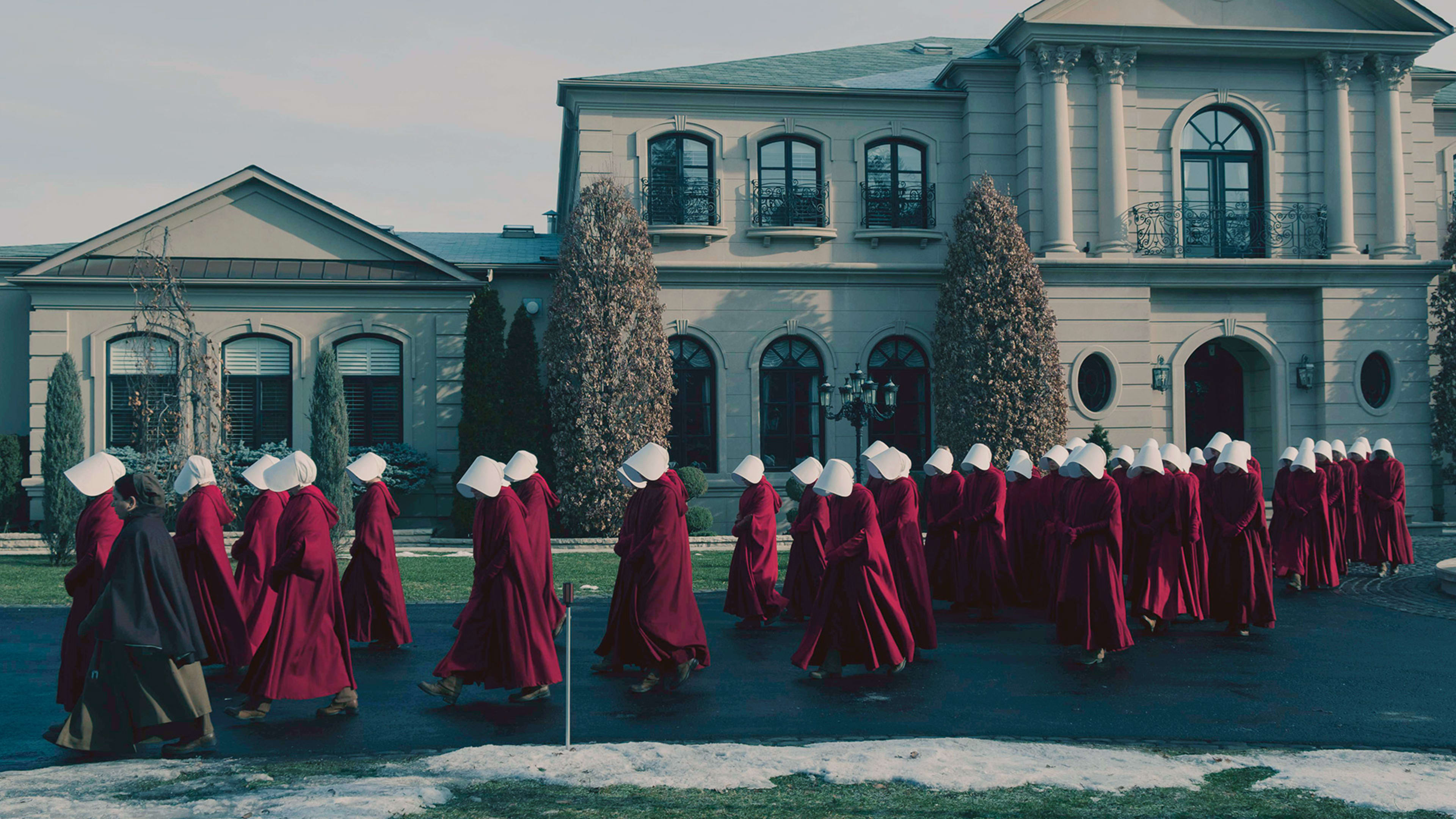Not every rising filmmaker can pinpoint the moment they knew they’d arrived, but for Reed Morano it’s a no-brainer. It was when Saturday Night Live parodied Hulu’s adaptation of Margaret Atwood’s The Handmaid’s Tale, which had Morano’s fingerprints all over it.
“I can’t even explain what that felt like,” Morano says. “You always see SNL parodying whatever’s the pop culture phenomenon of the moment, and nothing I’ve ever been involved in has reached this many people.”

Well, not exactly. The forthcoming I Think We’re Alone Now, starring Peter Dinklage and Elle Fanning, may have a post-civilization setting–the leads appear to be the only humans left alive–but that amounts to mostly just background information. While Morano’s recent choices make it seem as though she could possibly be an annihilation fetishist, the back-to-back dystopian projects are more the result of a coincidence in timing.
https://youtu.be/PJTonrzXTJs
“I think it’s just that I like difficult psychological situations for characters,” she says. “If that’s the end of the world, so be it. It’s interesting to imagine characters in social scenarios where the rules are off. Like something so crazy has happened that a person can be a little crazy. That’s fascinating to me.”
The thread of people becoming unmoored from civilization’s constraints is what connects all her projects so far, rather than the end of civilization itself. For instance, Morano’s first film, Meadowland, featured Olivia Wilde and Luke Wilson as a couple who spiral out after their child is kidnapped at a gas station and never returned. Despite not being as obsessed with the end of the world as she may appear, though, the director did pull out all the stops in her efforts to snap up The Handmaid’s Tale.
“I knew I had to get that job somehow,” she recalls.

“It was easy to write a lot about it because there were so many elements, like how to differentiate the flashback scenes from the present and what can be revealed through those differences,” she says. “And pretty much everything I said I wanted to do is what we did in episodes one through three.”
Morano handily won the job because her ideas stood out from what showrunner Bruce Miller and producer Warren Littlefield had been thinking. It was only the beginning, though. Later on, she proved that her vision for the end of the world as we know it was alarmingly adept, with ideas like changing the outdoor farmer’s market setting where the handmaids shop to a regular modern supermarket.

As she was starting prep on Handmaid’s Tale, however, Morano got the script for I Think We’re Alone Now. It spoke to her on a deep level. Despite the post-apocalyptic element, it was quite different from Handmaid’s Tale. It’s a story about human connection. It’s about a loner after the end of the world having the chance to be stuck with one other person for the rest of his life. The setting may have parallels to Handmaid’s Tale, but the script also had a lot of humor. She decided to take on the project.
“Right now, there are a lot of things floating around that kind of feel close to Handmaid’s Tale and it’s like, as good as these stories are, I’m not going near them,” she says. “I’m sure people are going to find some similarities in my storytelling between these two anyway, but I Think We’re Alone Now is very different–it didn’t want to be done in the same style as Handmaid’s Tale.”

“I think there might be a little fascination with the end of the world right now,” Morano says. “I was worried about Trump, that people might not want to watch if they thought Handmaid’s Tale was too relevant. Handmaid’s Tale is happening right now in Islamic countries. Maybe people don’t want to see that anywhere but in the news. But it turns out actually, for whatever reason, morbid curiosity, I’m not sure, people do want to see crazy shit–even as it’s happening in the world.”
Recognize your brand’s excellence by applying to this year’s Brands That Matter Awards before the early-rate deadline, May 3.
